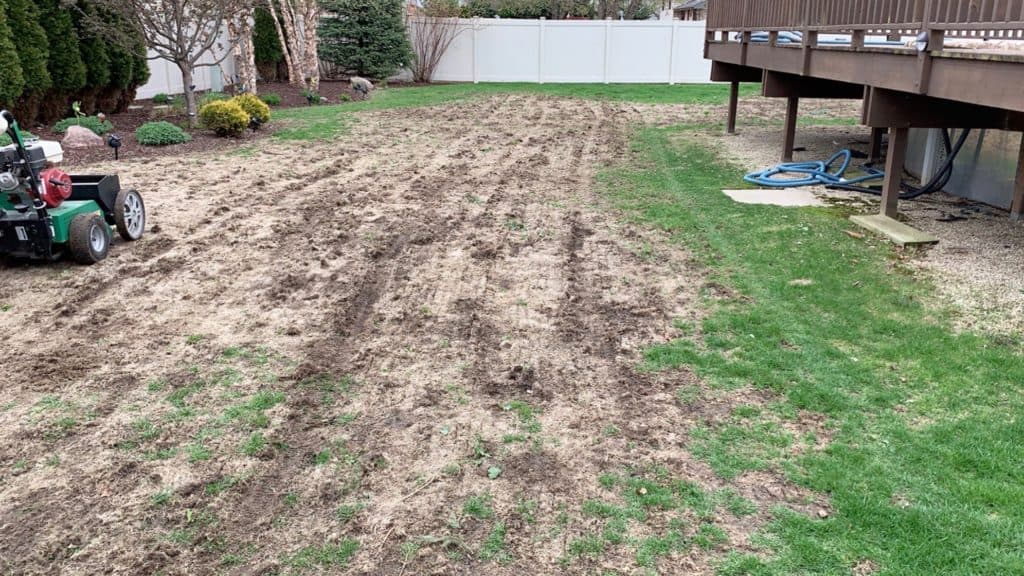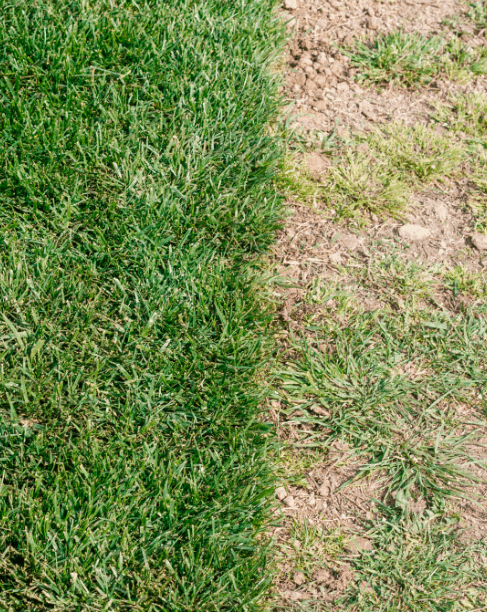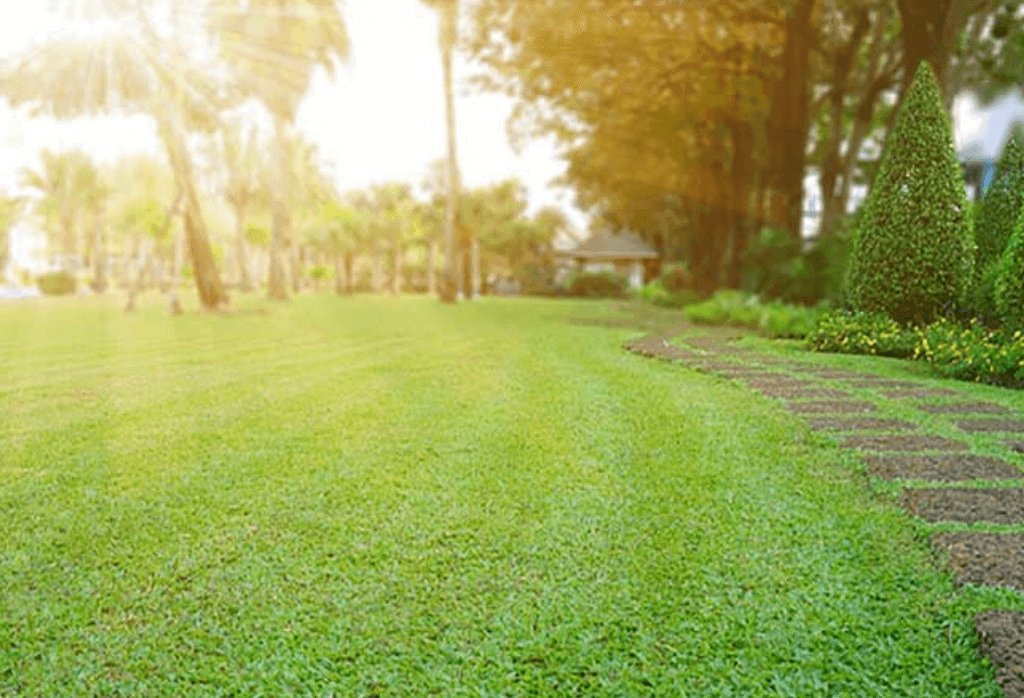How To Repair Your Lawn After A Dry Summer
This has been one tough summer; especially if you have an American lawn. With temperature across the country over 90 degrees for extended periods and extremes in the South and West where daytime heat has reached into the triple digits, for your home lawn, there is nowhere to run, no place to hide!
When you add to the heat a lack of regular rainfall, what you have is potentially lots and lots of lawn damage. Not only are the tough environmental conditions stressing lawns, when the turf is weakened, but it is also less able to fight off disease and insect invasions. And, as the turf thins out, heat-loving weeds take over.
What is the solution? Considering the fact that most of us have invested significant sums of money in our lawns and landscapes, we want the lawn to once again look great like it did in the spring. Are we to simply take all this damage lying down? Absolutely not!
The Rx for repairing summer damage is to take timely action now! When the calendar turns to August, it’s time to plan fall for repairs and renovation. By Labor Day, smart homeowners will be well on their way to helping their lawns recover from summer damage. If like so many your lawn has been damaged, don’t put this off. Take time now to schedule renovations.
Core aeration is highly recommended to help open-up compacted soil, allowing air, water, and fertilizer to reach plant roots and spur fall growth. And, while your lawn is being aerated, be sure to schedule over-seeding for any thin areas. Even on Kentucky bluegrass lawns, where the grass can spread and fill in thin areas naturally, it takes time for this to occur. While you wait, weeds will fill in ahead of the grass. The best advice is to have the lawn over-seeded and aerated simultaneously. After the aerator pulls small plugs from the soil, the seed is applied, falling into the aeration holes, where it is protected and will germinate and grow successfully.


Then, for the very best results, be sure to water daily in lieu of rainfall until the new seed is established. This will require consistent light watering for several weeks.
And don’t forget the fertilizer! Apply a “starter” fertilizer, high in Phosphorus at the time of seeding.
But can’t I do this myself? Do I really need professional service?
If you plan to do the renovations yourself, check out rental companies for the availability of core aerators and a commercial-grade spreader. Think about transporting this heavy equipment and be sure you are physically able to manage a machine weighing several hundred pounds, especially if your lawn is something more challenging than wide open and level.
If, like most homeowners, you’d rather leave the heavy lifting to a professional, be advised that scheduling has already begun. Call your service provider now to ensure that any seeding takes place before cold weather brings a halt to the seeding season. An experienced lawn care service provider will have the right equipment, appropriate seed for your location and fertilizer necessary for quick establishment.
While you will get some results this fall, your investment will really pay off beginning next spring, as the young turf continues to fill in. Do not wait until Spring for seeding. Fall is the time for planting!
Grub damaged lawn requires fall core aeration and over-seeing. This lawn will not recover on its own or without renovations.
Join Our Free Lawn Care Newsletter
Stay Up to Date With The Latest News & Updates
* We don’t share your info with anyone ever.


